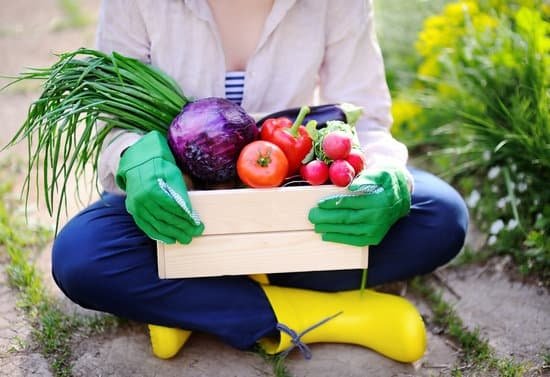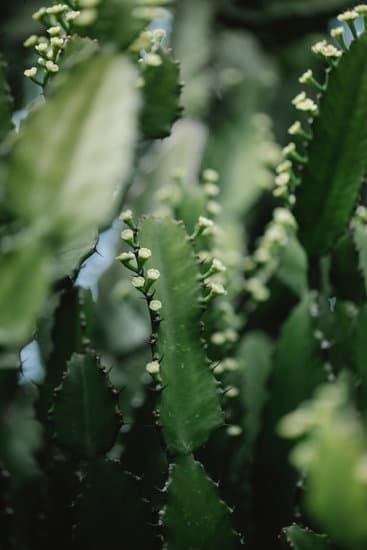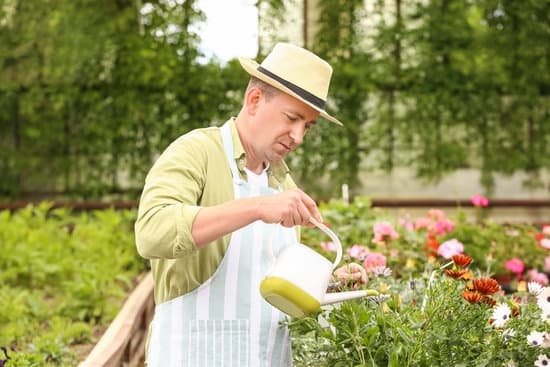Apartment Vegetable Gardening Tips
So you’ve decided to take the plunge and start apartment vegetable gardening. Congratulations! It’s a great way to get fresh produce and learn about gardening at the same time. Here are a few tips to help you get started.
1. Select the right vegetables. Not all vegetables are suitable for apartment gardening. Choose vegetables that are small, compact, and that don’t require a lot of space or sunlight. leafy greens, such as lettuce, spinach, and kale, are a good choice, as are tomatoes, peppers, and eggplants.
2. Choose the right container. You’ll need a container that is at least six inches deep and has drainage holes in the bottom. You can use a variety of containers, including pots, buckets, and even recycled food containers.
3. Choose the right soil. You’ll need a soil that is light and aerated, such as potting soil or compost. Avoid using garden soil, which is heavy and can compact easily.
4. Fertilize regularly. Vegetables need nutrients to grow and thrive, so be sure to fertilize them regularly. You can use a commercial fertilizer or make your own by mixing compost with water.
5. Water regularly. Vegetables need water to grow, so be sure to water them regularly, especially during hot weather. You can use a watering can or garden hose, but be careful not to overwater, which can damage the plants.
6. Harvest regularly. Vegetables will grow best if you harvest them regularly. Harvesting the vegetables will also help to keep the plants healthy and compact.
7. Enjoy your vegetables! Once your vegetables start to grow, be sure to enjoy them fresh. You can also freeze them or can them for later use.
Tips On Vegetable Gardening
When starting a vegetable garden, it is important to select the right vegetables to plant. Not all vegetables are created equal, and each type of vegetable has different needs. There are a few things to consider when selecting vegetables to plant in a garden, such as the climate, the soil, and the amount of space available.
The best vegetables to plant in a garden depend on the climate. In warm climates, vegetables that require a lot of sun and warm weather, such as tomatoes and peppers, are a good choice. In colder climates, vegetables that grow well in cooler weather, such as broccoli and cauliflower, are a better option.
The type of soil also affects the types of vegetables that can be grown. Some vegetables, such as carrots, do well in sandy soil, while others, such as potatoes, do well in soil that is more acidic. It is important to know what type of soil is present in the garden in order to select the right vegetables to plant.
The amount of space available also affects the types of vegetables that can be grown. Some vegetables, such as tomatoes, require a lot of space, while others, such as lettuce, can be grown in a small garden. It is important to select vegetables that will fit in the available space.
When starting a vegetable garden, it is important to select the right vegetables to plant. Not all vegetables are created equal, and each type of vegetable has different needs. There are a few things to consider when selecting vegetables to plant in a garden, such as the climate, the soil, and the amount of space available.
The best vegetables to plant in a garden depend on the climate. In warm climates, vegetables that require a lot of sun and warm weather, such as tomatoes and peppers, are a good choice. In colder climates, vegetables that grow well in cooler weather, such as broccoli and cauliflower, are a better option.
The type of soil also affects the types of vegetables that can be grown. Some vegetables, such as carrots, do well in sandy soil, while others, such as potatoes, do well in soil that is more acidic. It is important to know what type of soil is present in the garden in order to select the right vegetables to plant.
The amount of space available also affects the types of vegetables that can be grown. Some vegetables, such as tomatoes, require a lot of space, while others, such as lettuce, can be grown in a small garden. It is important to select vegetables that will fit in the available space.
Tips For Indoor Vegetable Gardening
There are a lot of benefits to indoor vegetable gardening – you can control the environment, the plants are close to the kitchen, and you can start your plants earlier in the season. But it can also be a lot of work. Here are some tips to help you get the most out of your indoor vegetable garden:
1. Choose the right plants. Not all vegetables are suitable for indoor gardening. Leafy vegetables, such as lettuce, spinach, and kale, are a good choice, as are vegetables that grow on vines, such as tomatoes and cucumbers. Root vegetables, such as carrots and potatoes, are not as well suited for indoor gardening, as they need more space to grow.
2. Choose the right container. You’ll need a container that is large enough to accommodate the plants’ roots, but not so large that it takes up a lot of space. A good rule of thumb is to choose a container that is at least twice the size of the plant’s root ball.
3. Choose the right soil. You’ll need a soil that is light and airy, so that the plants’ roots can breathe. A good soil for indoor gardening is a potting mix that is specifically designed for vegetables.
4. Choose the right location. The best place to grow vegetables indoors is in a south-facing window. If you don’t have a south-facing window, you can use a grow light to provide the plants with enough light.
5. water regularly. Vegetables need a lot of water, especially when they are growing indoors. Make sure to water the plants regularly, and be sure to water the soil, not the leaves, as this can cause the plants to rot.
6. fertilize regularly. Vegetables need a lot of nutrients to grow properly, so you’ll need to fertilize them regularly. A good fertilizer for vegetables is a balanced organic fertilizer, such as fish emulsion or compost tea.
7. Harvest regularly. Vegetables need to be harvested regularly in order to keep them producing. Harvest the vegetables when they are ripe, but be sure to leave some of the plants unharvested so that they can continue to produce vegetables.
Home Vegetable Gardening Tips In Tamil
This blog is all about gardening tips for vegetables in Tamil. Anyone who is interested in starting a vegetable garden, or improving their gardening skills, will find this blog useful.
The first step in starting a vegetable garden is to choose the right location. The garden should be in a sunny spot with good drainage. It is also important to consider the soil type. The soil should be fertile and well-drained.
The next step is to choose the right vegetables. There are many different vegetables to choose from, so it is important to choose the ones that will grow best in your area. The following is a list of some of the most popular vegetables to grow in a garden:
Tomatoes
Peppers
Zucchini
Squash
Cucumbers
Beans
Lettuce
Carrots
Next, you will need to prepare the soil. The soil can be prepared by adding organic matter such as compost or manure. The soil should also be fertilized with a balanced fertilizer.
Once the soil is ready, you can start planting the vegetables. The best way to do this is to plant them in succession. This means that you will plant a new batch of vegetables every two to three weeks. This will ensure that you have a continuous harvest of vegetables.
When planting the vegetables, it is important to spacing them correctly. The vegetables should be spaced so that they have enough room to grow.
Finally, you will need to water the vegetables. The vegetables need at least an inch of water per week. This can be done with a garden hose or by using a drip irrigation system.
These are just a few of the basics that you need to know about home vegetable gardening. For more information, please consult a gardening book or website.
First Time Vegetable Gardening Tips
If you’re new to vegetable gardening, there are a few things you need to know to make sure your garden is a success. Here are a few tips to help you get started:
1. Choose the right vegetables. Not all vegetables are well-suited for beginners. Some vegetables, like tomatoes and peppers, are relatively easy to grow, while others, like carrots and lettuce, can be a bit more challenging.
2. Choose the right location. Vegetables need plenty of sunlight and good drainage. Make sure your garden is in a spot that gets plenty of direct sunlight.
3. Amend the soil. Vegetables need nutrient-rich soil to grow well. Amend your soil with compost or fertilizer to ensure your plants have everything they need to thrive.
4. Water regularly. Vegetables need plenty of water to grow well. Make sure to water your plants regularly, especially during hot weather.
5. Protect your vegetables from pests. Vegetables can be prey to a variety of pests, including insects, rodents, and deer. Protect your plants by using mulch, netting, or other pest control methods.
6. Harvest regularly. Vegetables need to be harvested regularly to ensure they continue to produce fruit. Harvest your vegetables regularly to enjoy the freshest, most delicious produce.

Welcome to my gardening blog! I am passionate about plants and enjoy sharing my knowledge and experiences with others. In this blog, I will write about everything related to gardening, from tips on how to get started to updates on my own garden projects.





